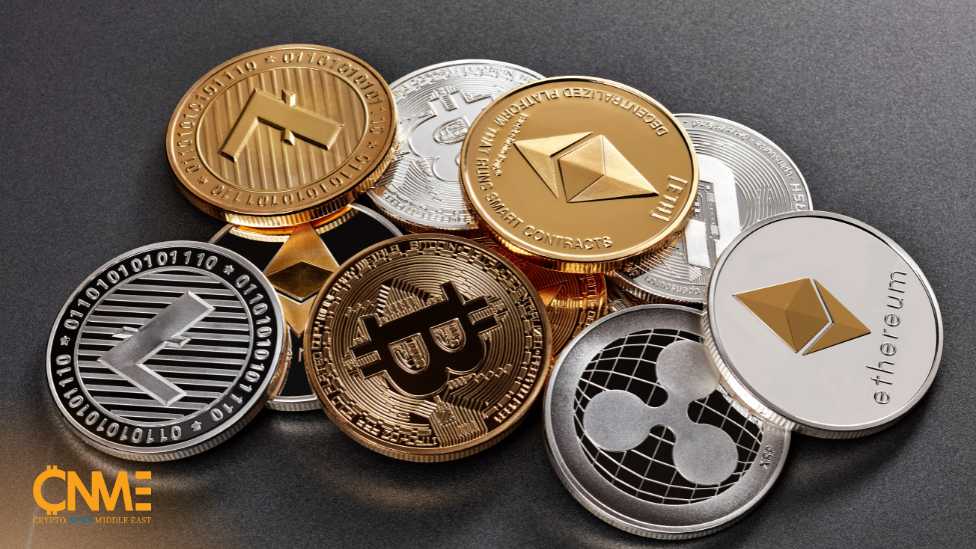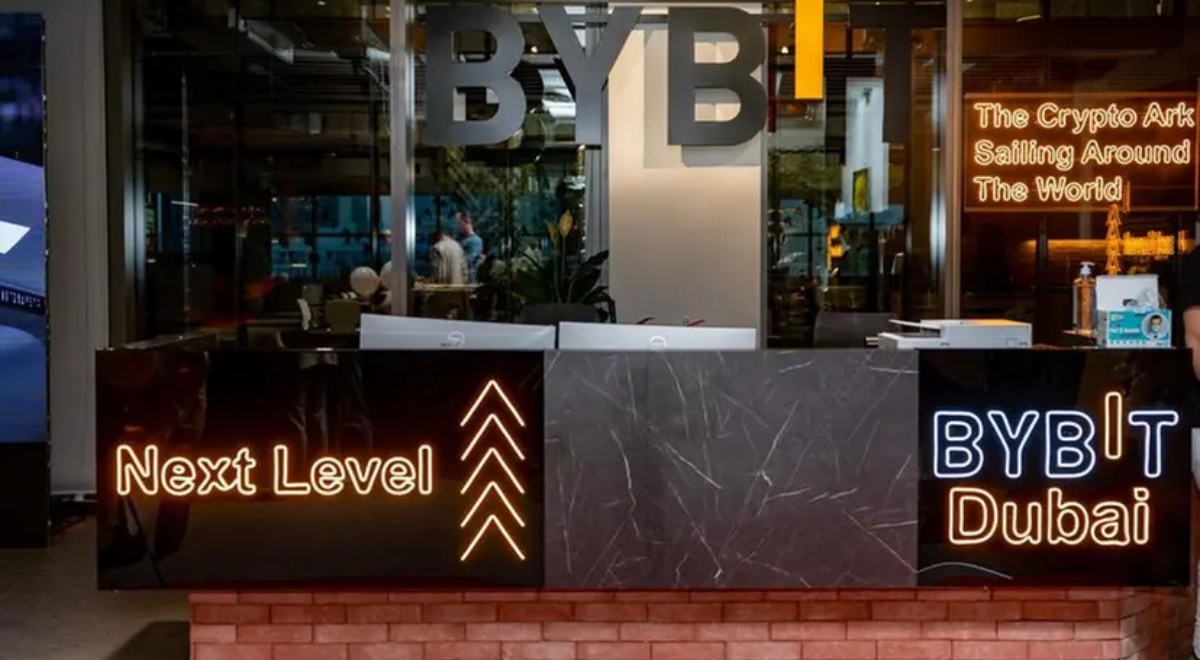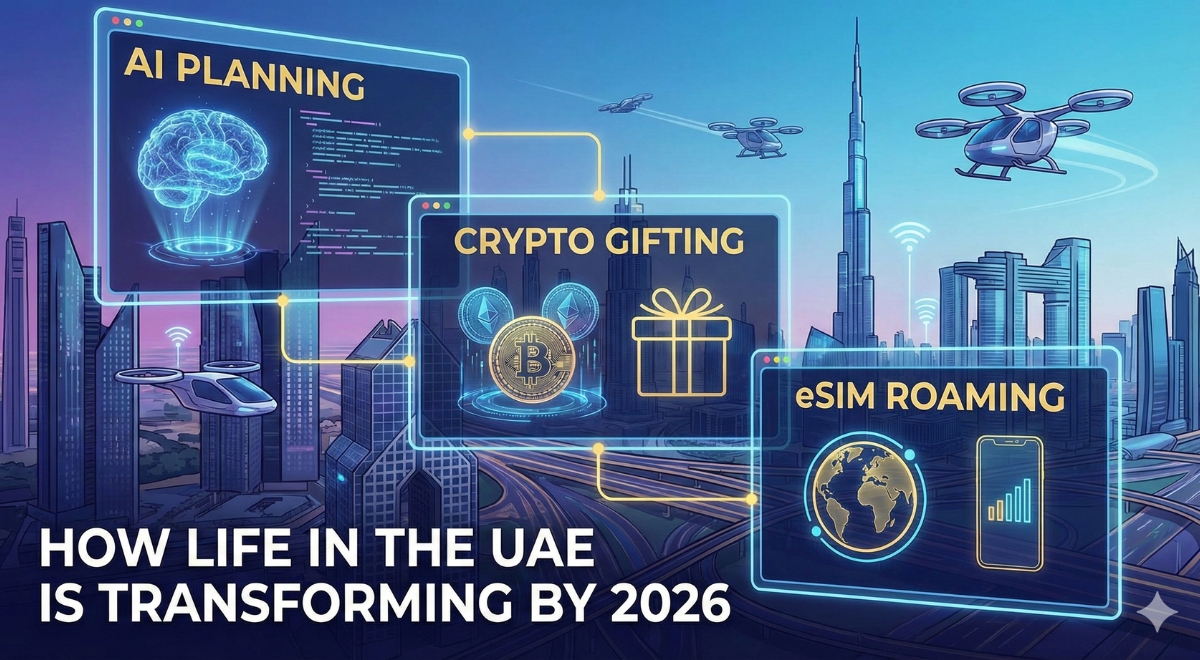Cryptocurrency and 3D printing stand as two technologies that have shaken up many industries when used in isolation. Combining these two technologies can unlock possibilities within and beyond the United Arab Emirates
Table of Contents
Toggle3D Printing
3D Printing involves producing tangible objects by layering materials according to a digital model. 3D printing services offer a versatile solution capable of producing different items. These items include prototypes and final products.
3D printing offers a form of manufacturing autonomy. Traditional manufacturing methods are typically centralized. In contrast, 3D printing facilitates decentralized manufacturing. With a 3D printer, individuals can create items directly anywhere. In Dubai and the UAE in general 3D printing is a key process that cuts across industries like medical and strategic alliances.
The Potentials of Cryptocurrency in 3D Printing
Decentralized Marketplaces
Cryptocurrency can easily facilitate 3D-printed product transactions. Also, Blockchain-enabled smart contracts can ensure safe and transparent transactions between 3D-printed goods buyers and sellers. Ultimately, all these remove the need for middlemen.
Digital Asset Tokenization
Blockchain technology can help tokenize 3D-printed items. People and companies can safely exchange and transfer ownership rights by expressing ownership of 3D designs or physical objects as digital tokens on a blockchain. Ultimately, it opens up new possibilities for fractional ownership and investment in 3D-printed assets.
Intellectual Property Protection
Blockchain can offer solutions to protect intellectual property rights associated with 3D-printed designs. Blockchain systems provide permanent proof of ownership and provenance for 3D designs by using decentralized networks and cryptographic methods. This reduces the possibility of illegal duplication and counterfeiting in the UAE.
Supply Chain Transparency
Blockchain technology can improve UAE’s 3D printing supply chain’s traceability and transparency. Also, stakeholders can confirm the authenticity and integrity of 3D printed goods by logging important data like sourcing materials, manufacturing procedures, and quality control methods on a blockchain. This promotes confidence and responsibility throughout the whole supply chain.
Microtransactions
Cryptocurrencies and their underlying blockchain technology introduced new opportunities for digital commerce. Among these developments is the concept of microtransactions. Microtransactions involve small financial transactions that were previously impractical due to high transaction costs. Bitcoin’s Lightning Network, a second-layer solution designed for faster and low-cost transactions, is particularly suited for facilitating microtransactions.
Microtransactions could also facilitate the sharing of 3D printers. Users might pay a modest fee for each use of a shared printer, thereby transforming idle printers into income-generating assets. This could encourage more efficient resource utilization and enhance the accessibility and affordability of 3D printing.
Also, microtransactions could support a pay-per-layer model, where users pay for each layer of material used in the 3D printing process. This could establish a more precise and equitable pricing structure.
Also, it can potentially help creators of 3D-printed items to market their works. With blockchain-based payment systems, designers can get tiny payments in cryptocurrency for each download or usage of their 3D creations.
Final Words
Cryptocurrency and 3D printing are two different innovations that technology brought to us. These two technologies have changed processes in industries. When incorporated together, these two technologies can bring about positive changes and innovations. Some of these innovations incle microtransactions, intellectual property protection, creating decentralized marketplaces, etc.











